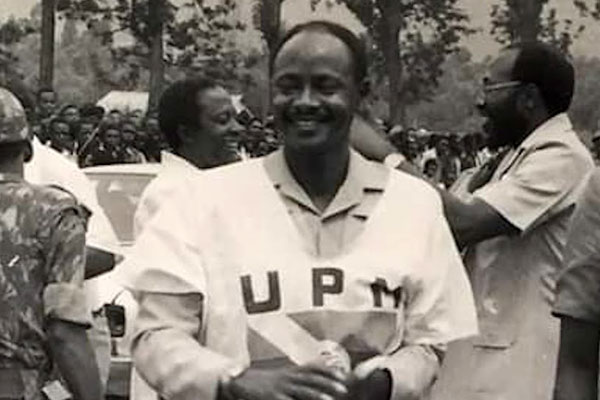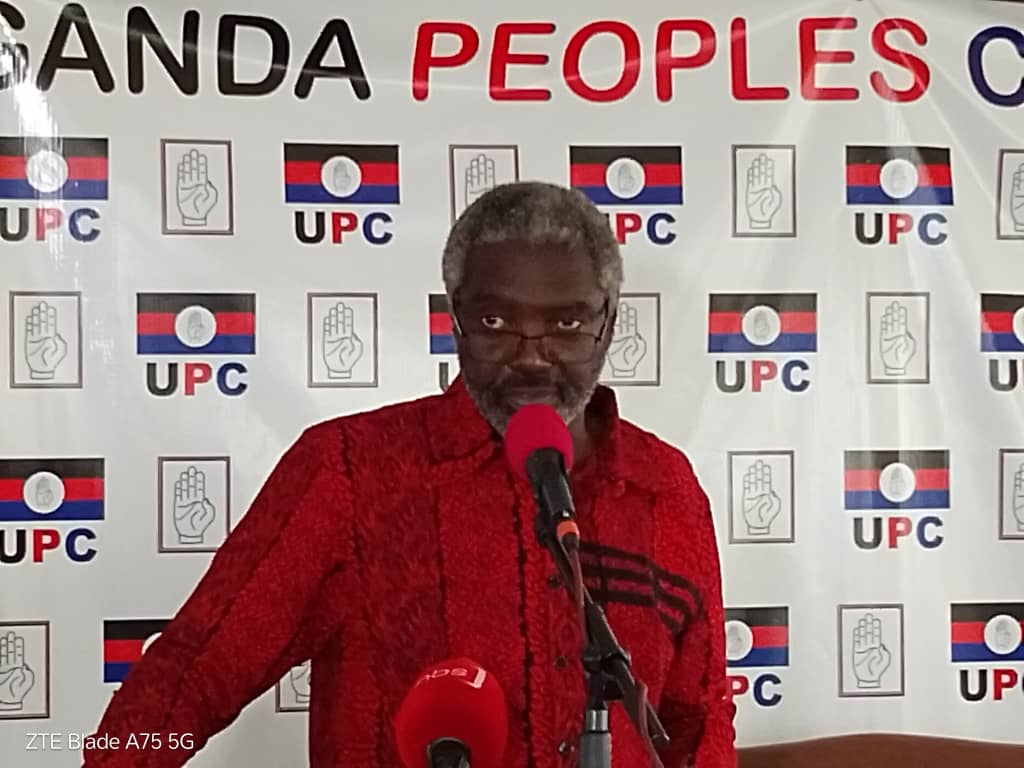The decisive victory of NUP’s Elias Luyimbazi Nalukoola in Kawempe North by-election sent one clear message to the NRM: “You had the money and the army but you couldn’t conjure a victory.”
Nalukoola garnered 17,764 votes compared to Farida Nambi’s 8,593 votes in an election characterized by violence and intimidation of journalists.
If anything, NUP’s victory against several odds reaffirmed its dominance in Kampala’s urban strongholds. Out of the nine parliamentary seats in Kampala, eight are occupied by NUP, with Muhammad Nsereko, an Independent from Kampala Central, being the only exception.
For the NRM, the significant resources it poured in Kawempe North and the backing of the state security apparatus, failed to sway the electorate.
The ruling party spared no effort in its bid to reclaim Kawempe North, a constituency it has struggled to dominate since 2001. Nambi, daughter of NRM vice-chairman Al-Hajj Moses Kigongo, was backed by an arsenal of resources and high-profile endorsements.
President Museveni, the NRM’s national chairman, Prime Minister Robinah Nabbanja, Deputy Secretary General Rose Namayanja, and Director of Mobilization Rosemary Sseninde all rallied voters to give NRM chance, emphasizing Nambi’s ties to the central government as a conduit for development.
Rogers Mulindwa, the party’s senior manager for communications, boasted of Nambi’s door-to-door efforts, contrasting them with what he claimed were NUP’s staged rallies with “ferried supporters.”
Posts on X even suggested that some Kawempe residents accepted NRM funds but voted for Nalukoola anyway, hinting at a disconnect between the party’s financial largesse and voter loyalty.
The NRM also benefited from the security apparatus, which disproportionately targeted NUP campaigners while allowing pro-government candidates freer rein—a disparity NUP leaders decried as evidence of state bias.
Yet, despite this formidable backing, the NRM’s strategy faltered. Several factors contributed to its failure. First, Kawempe North’s urban electorate has increasingly gravitated toward the NUP, reflecting a broader trend in Kampala where Bobi Wine’s message of change resonates with a youthful, disenfranchised population.

Ssegirinya’s overwhelming 2021 win had already cemented the constituency as an NUP stronghold, and Nalukoola’s victory reinforced this shift. Political analysts noted that the NUP’s growing influence in urban areas stems from its ability to channel frustration with the NRM’s 40-year rule, which many voters associate with corruption, unemployment, and crumbling public services—issues Nalukoola hammered home in his campaign.
Second, the NRM’s reliance on intimidation and security overreach may have backfired. The heavy-handed tactics, while intended to suppress turnout, likely alienated voters already skeptical of the ruling party. Low turnout—attributed to fear and logistical delays in delivering election materials—did not disproportionately harm the NUP as the NRM might have hoped.
Instead, it galvanized NUP supporters to defy the odds, turning the election into a referendum on state repression. Nalukoola’s post-victory remark, “Ours is not an ordinary victory. It’s a testament to what people power means,” encapsulated this sentiment, framing the win as a triumph over brutality and abductions.
Third, internal fissures weakened the NRM’s campaign. Hanifah Karadi, an NRM member who contested as an independent after challenging Nambi’s endorsement as fraudulent, split the party’s vote. Her warm reception in Kawempe, complete with symbolic gifts from voters, signaled discontent with the NRM’s top-down selection process. This division diluted the party’s resources and messaging, undermining its ability to present a united front against Nalukoola.
Ultimately, the NRM’s defeat in Kawempe North exposes the limits of its resource-heavy, security-backed approach in the face of a determined opposition. Museveni’s personal involvement, while a show of force, could not reverse the constituency’s rejection of the NRM’s legacy.
Nambi’s 8,593 votes, though respectable, paled against Nalukoola’s tally, underscoring the electorate’s preference for the NUP’s promise of accountability and youth empowerment over the ruling party’s patronage.
NUP’s win not only solidifies its grip on Kampala but also sends a broader message: even with massive resources and state power, the NRM cannot indefinitely suppress a populace hungry for change.
As Nalukoola prepares to take his seat, the focus shifts to whether he can deliver on his legislative promises—and whether the NRM will adapt its tactics in a political landscape increasingly slipping from its grasp.







